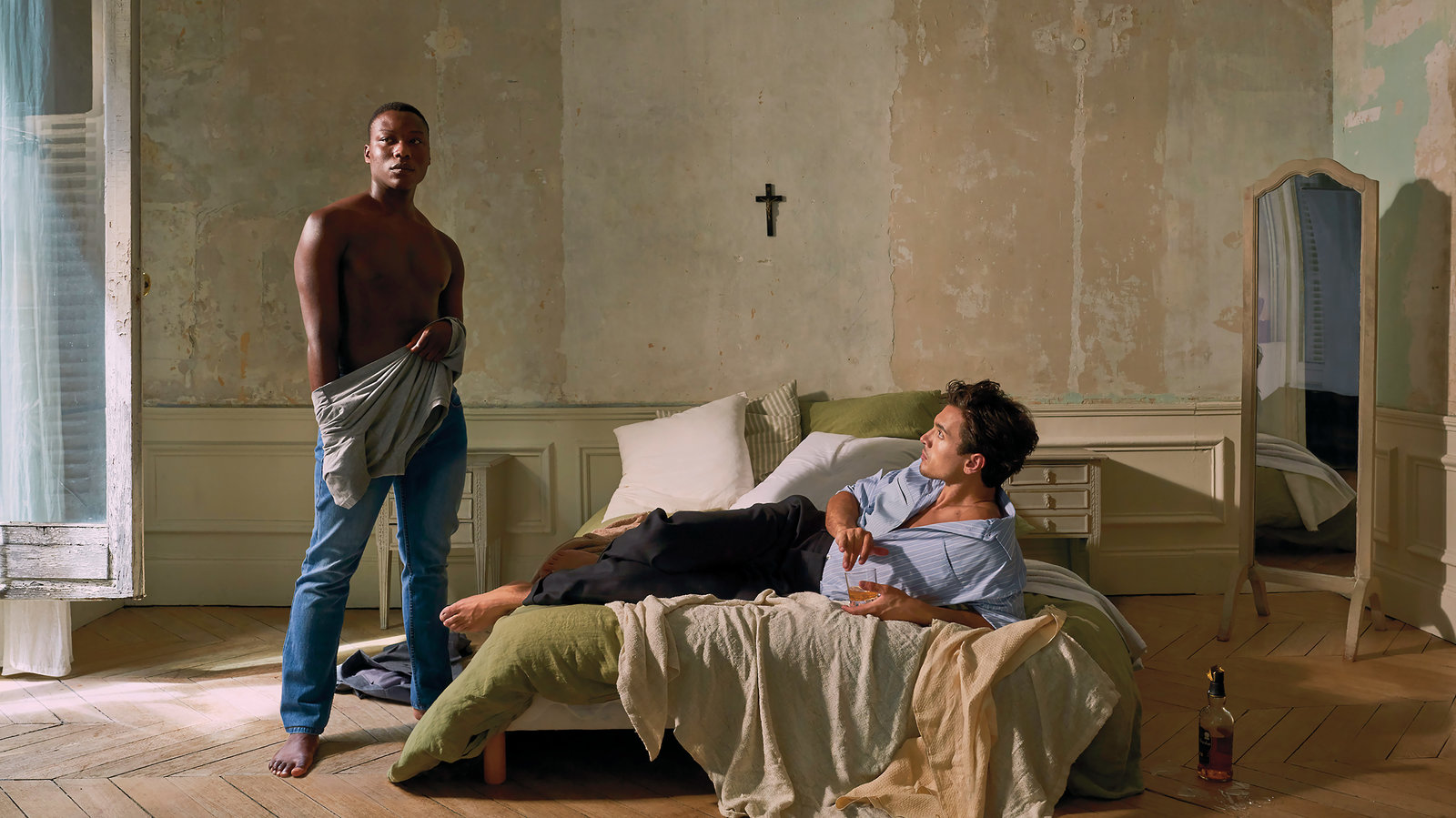In our pursuit of celebrating Pride Month this June, we will take you through the shelves of queer literature from around the globe, discuss queer authors and the predominant themes in their works, and jot down listicles for you to fall back upon in case you wish to delve into queer literature. First, let us look at some of the most groundbreaking novels that took the traditional literary world by storm. These 10 LGBTQ+ fiction classics shall be your stepping stone to understanding the basics of queer literature. Happy Pride!
- 1. Orlando: A Biography by Virginia Woolf
- 2. The Picture of Dorian Gray by Oscar Wilde
- 3. Maurice by E.M. Forster
- 4. The Color Purple by Alice Walker
- 5. Cobalt Blue by Sachin Kundalkar
- 6. Desert of the Heart by Jane Rule
- 7. The Boyfriend by R. Raj Rao
- 8. Fun Home: A Family Tragicomic by Alison Bechdel
- 9. Confessions of a Mask by Yukio Mishima
- 10. Giovanni's Room by James Baldwin
1. Orlando: A Biography by Virginia Woolf
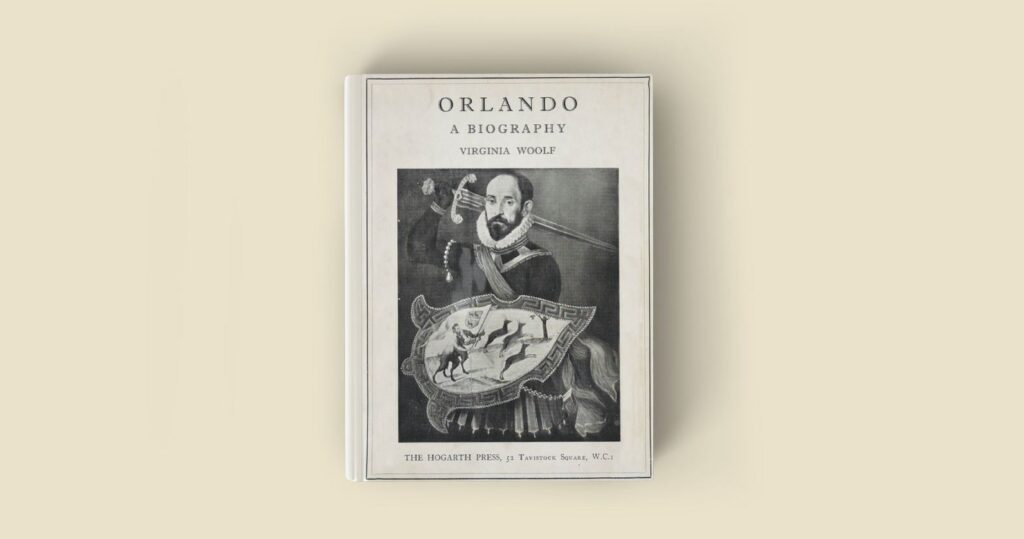
First published in 1928, this is a groundbreaking LGBTQ+ coming-of-age novel that defies conventional literary boundaries to explore the themes of gender, identity, and the constraints of time. Inspired by Woolf’s close friend and love, Vita Sackville-West, the novel tells the story of a young nobleman named Orlando. The narrative begins in the Elizabethan era and follows Orlando’s journey through various historical periods, including the Restoration, the Victorian era, and the 20th century. Along the way, Orlando experiences a profound shift in gender, transitioning from a man to a woman. This transformative journey challenges traditional notions of identity and invites readers to question societal constructs that confine individuals within rigid gender roles.
One of the most significant aspects of Orlando: A Biography is how Woolf chooses to present the fluidity and expansive understanding of gender and sexuality. The novel challenges not only binary conceptions of gender but also the incapacity to fully describe the female experience. It is also Woolf’s way of putting forward a radically different method of penning down someone’s biography. It is considered a seminal work in queer literature for its unapologetic portrayal of non-normative identities and its exploration of gender fluidity. Woolf’s imaginative and poetic prose intertwining with her intellectual humor was loosely adapted to the screen in a British film by the same name, starring Tilda Swinton as Orlando.
2. The Picture of Dorian Gray by Oscar Wilde
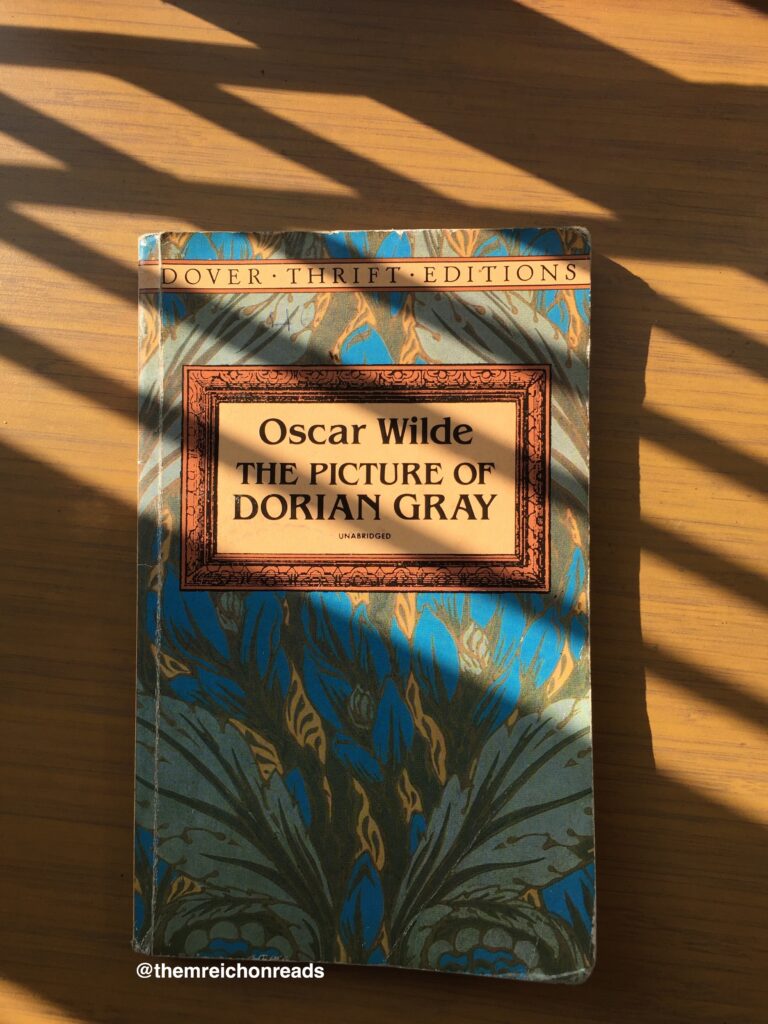
Published in 1890, this queer text is as controversial as its author Oscar Wilde. The novel tells the story of Dorian Gray, a young man who becomes the subject of a beautiful portrait painted by his friend and admirer, Basil Hallward. As Dorian discovers the ephemeral nature of his youthful beauty, he becomes obsessed with preserving his appearance and embarks on a life of hedonism and debauchery. However, as he indulges in his desires, the portrait ages and reflects the moral decay of his soul, while Dorian remains eternally young and unblemished.
Homosexuality, linked to sodomy, was a secret and reason for punishment in Victorian England. The Picture of Dorian Gray was a tool for Wilde, a prominent figure of Aestheticism, to explore his desires. Although not explicitly stated, researchers have studied the presence of homoerotic undertones and forbidden homosexual desires throughout the story. Wilde’s novella also led to a wave of criticism against Wilde and his non-normative lifestyle. The book remains relevant as a seminal work of LGBTQ+ history. It continues to resonate with readers, both within and beyond the LGBTQ+ community, as it confronts the constraints of societal expectations and explores the complexities of human desire.
Also Read: The 15 Best LGBTQIA+ Movies of 2022
3. Maurice by E.M. Forster
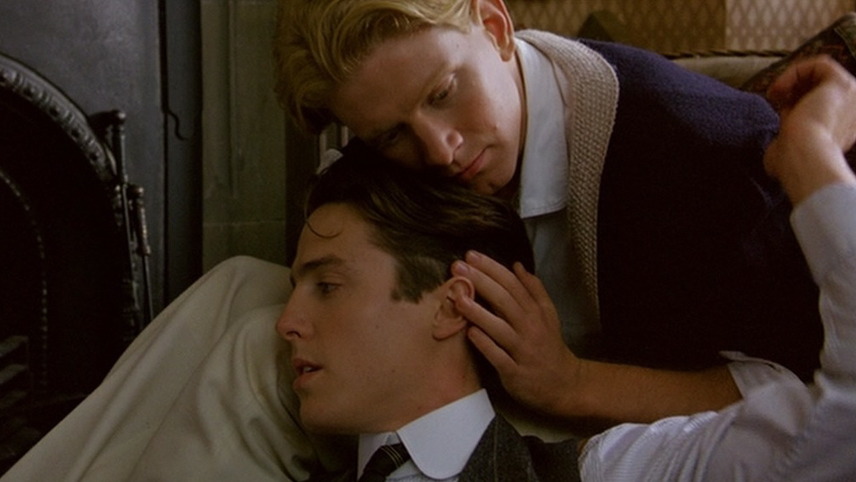
Published posthumously in 1971, this novel follows the life of Maurice Hall, a young man grappling with his homosexual desires within a society that fiercely condemns queer relationships. He tries to embark on a journey of self-discovery, attempting to suppress his true nature due to the prevailing social norms. But his encounter with Clive Durham, another young man struggling with his sexuality, makes him confront his desires and yearnings. Their clandestine relationship ultimately fails when Clive chooses to conform to societal expectations and marry a woman. However, Maurice finds solace and love with Alec Scudder, a working-class gamekeeper, who helps him embrace his true self and defy societal conventions. The novel presents a poignant exploration of identity, love, and self-acceptance in the face of societal expectations and prejudices.
The importance of Maurice as a queer text lies in its unapologetic exploration of homosexuality at a time when such topics were heavily stigmatized and often censored. Forster’s novel offers a compassionate portrayal of LGBTQ+ characters and their struggles, challenging the prevalent notions of sexuality and the limitations imposed by society. By depicting the complexities of Maurice’s journey, Forster encourages readers to question and challenge the heteronormative ideals that have long marginalized queer individuals. It remains a significant work in queer literature as it highlights the constant dilemma that LGBTQ+ people face between their public and private selves. It was also adapted to the screen by James Ivory in 1987, starring James Wilby as Maurice and Hugh Grant as Clive.
4. The Color Purple by Alice Walker
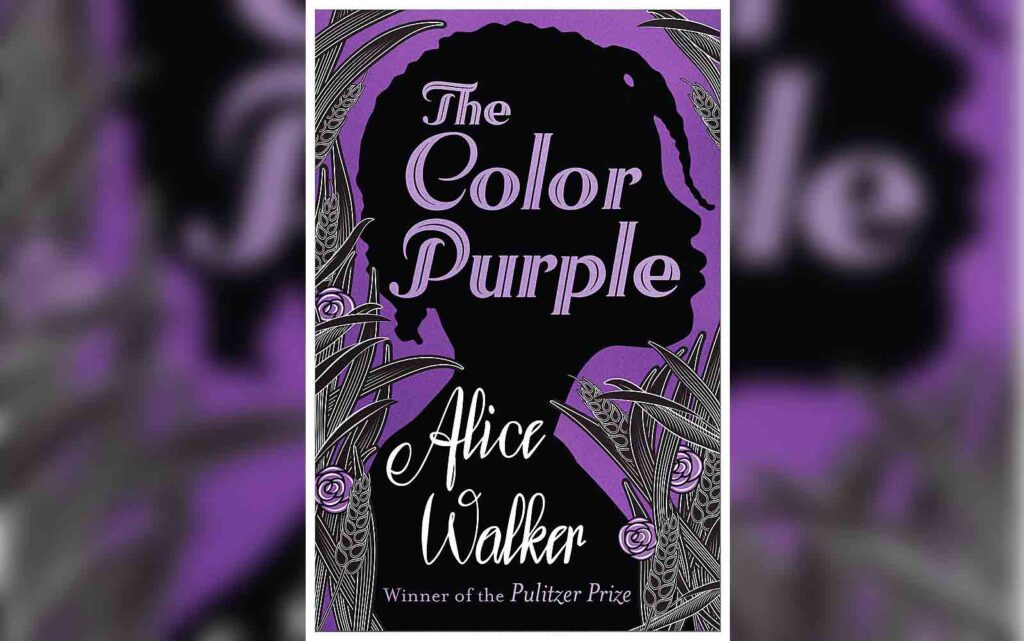
Published in 1982, this novel is one of the most important texts in the canon of Black American literature. It explores Black lives caught in the intersections of race, gender, and sexuality. This is an epistolary novel set in the early 20th century, narrated from the point of view of Celie, a Black woman who lives in rural Georgia. The harsh realities of her life, multiple instances of physical abuse, and sexist oppression later, she forms a deep bond (emotional and physical) with another woman, Shug Avery, who becomes her source of strength, love, and resilience.
One of the most significant aspects of The Color Purple is its portrayal of the queer relationship between Celie and Shug. Their love transcends traditional gender norms and showcases the fluidity of human desire. Walker’s representation of queer love and sexuality in a time and place marked by prejudice and discrimination is groundbreaking and empowering. It offers a narrative that confronts the erasure of queer voices of those belonging to the margins of society. It is truly intersectional in how the conversations around race, gender and sexuality intersect to draw the characters for its readers. It was also adapted to the screen in 1985 by Steven Spielberg.
5. Cobalt Blue by Sachin Kundalkar

Originally published in Marathi and translated by Jerry Pinto, this queer novel explores the intricacies of human relationships and the exploration of one’s sexual identity. The story is set in Pune, India, and revolves around a brother and sister, Tanay and Anuja, both in love with the same man, a paying guest at Mr and Mrs Joshi’s house. The narrative unfolds through alternating perspectives as two siblings talk about their desires, longings, and the complexities of their unrequited love. Kundalkar’s lyrical prose takes the reader on a journey of self-discovery and emotional turbulence, capturing the essence of longing, passion, and forbidden love in his debut novel.
Cobalt Blue deftly navigates the themes of sexuality and the societal constraints that often suppress non-heteronormative identities while juggling the themes of grief and betrayal. It simply narrates how the universal human experience of love and longing affects each one differently and openly discusses mental health issues in one of the protagonists. This novel is a testament to the universal yearning for connection and holds a mirror to the society we live in, prompting conversations around identity, sexuality, and the freedom to love without judgment. Kundalkar’s masterful storytelling not only captures the hearts of the readers with its compelling narrative but also drives home a clear understanding of queer experiences in traditional Indian society.
6. Desert of the Heart by Jane Rule
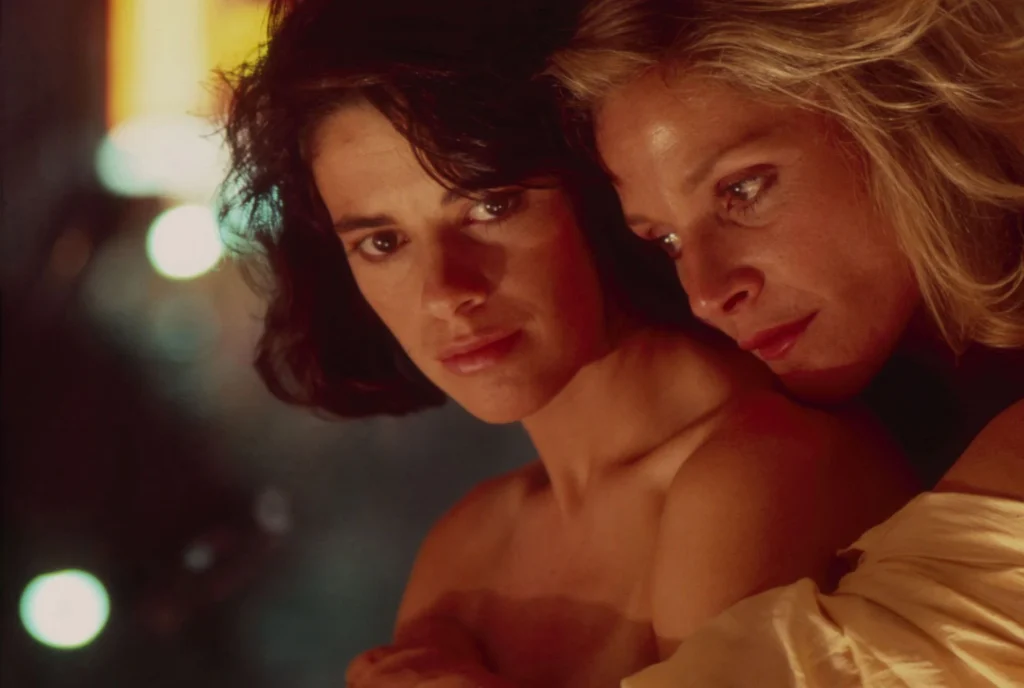
Published in 1964, this LGBTQ+ fiction classic follows the story of Evelyn Hall, a college professor from New York, who visits Reno, Nevada, in the 1950s to establish residency for a quick divorce. Little does she know that her life is about to be transformed when she encounters Ann Childs, a successful cartoonist and casino worker, in the house of Frances Parker, where she is residing. It is the unique resemblance between these two women that connect them. Soon, a forbidden attraction blossoms between the two women, challenging societal norms and forcing them to confront their desires and identities. Rule’s book was openly dealing with lesbianism and almost put her day job as a lecturer at the University of British Columbia, Vancouver, at risk.
Desert of the Heart is a pioneer queer text in literary history. It was published (in hardcover) at a time when the cheap thrills of lesbian pulp fiction had captured the literary market. Rule fearlessly portrayed same-sex desire and love between women, offering a much-needed representation of lesbian experiences in a society that often denied their existence. It contributes to the broader queer literary canon by presenting lesbian relationships as valid and meaningful, outside male voyeuristic ideas, challenging the societal expectations and prejudices that marginalized LGBTQ+ voices in literature and society. By shining a light on the nuances of queer love and the resilience of queer individuals, Rule’s novel has become a touchstone for queer literature.
7. The Boyfriend by R. Raj Rao
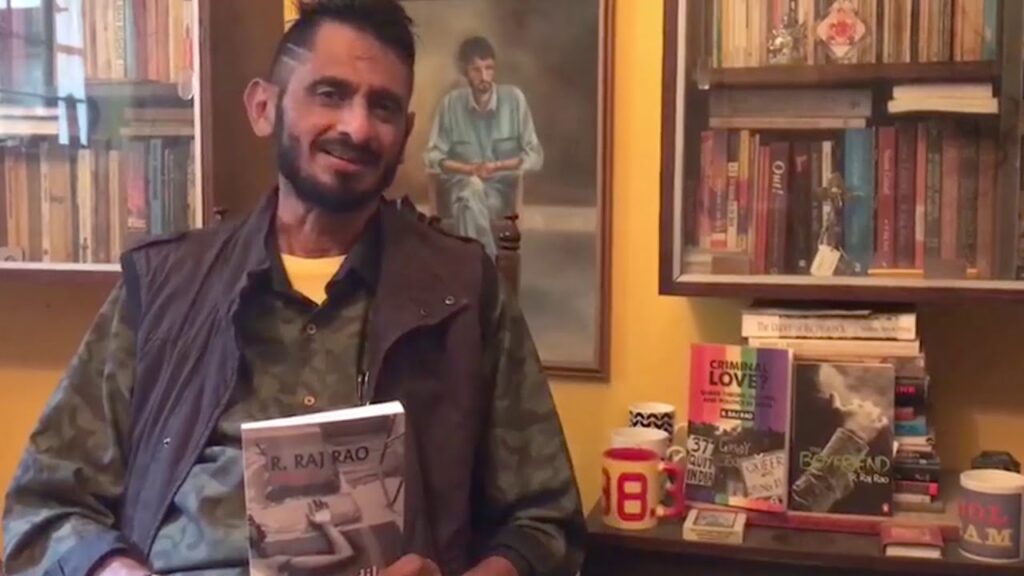
First published in 2003, this novel is set in the late 20th century and takes the readers through the intersections of caste, class, and gender. Yudi has sex with a young Dalit boy (who calls himself Kishore) and finds himself pursuing the boy after the Bombay riots have cooled off. His search for Kishore leads him to Milind, Kishore’s real name, through the painter Gauri. Their lives now intersect as the chaos of adult responsibilities, like earning money and getting married, knock at their door. Rao proudly discusses the correlation between the postcolonial nation-state and sexuality in his book.
Through The Boyfriend, Rao gives voice to Yudi’s experiences and emotions, confronting the reader with the realities of queer lives in a hetero-patriarchal Indian society, fostering empathy, understanding, and compassion. The novel also gives us a peek into an Indian queer space and talks about how these spaces are always in motion or transition according to one’s needs or uses. It takes place in BomGay, a fictional city that doesn’t incriminate the queers. It opened up conversations about the limits of community in a post-colonial nation, making it a significant contribution to queer literature from the Global South.
8. Fun Home: A Family Tragicomic by Alison Bechdel
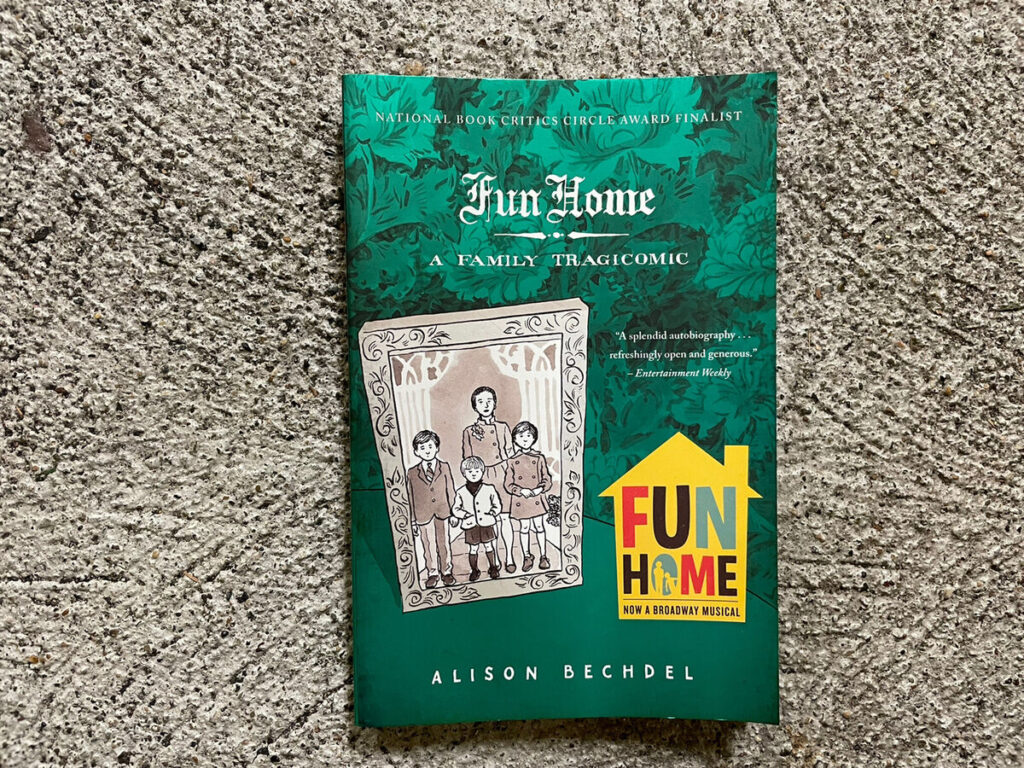
Published in 2006, this LGBTQ+ memoir and graphic novel seamlessly blend the genres of autobiography and literary analysis as Bechdel explores her complex relationship with her father and grapples with her own sexual identity. The non-linear and recursive narrative is framed within the context of her childhood home – a funeral house – in rural Pennsylvania, USA, which serves as a backdrop for the exploration of family, sexuality, and the quest for self-understanding. These events have shaped her as an adult. She unearths her father’s closeted homosexuality and his tragic death, revealing a deeply personal and intimate exploration of her own identity as a lesbian. Through poignant and introspective storytelling, Bechdel navigates the complexities of a dysfunctional family, addressing themes of secrecy, repression, suicide and gender roles.
Fun Home: A Family Tragicomedy contributes to the representation and understanding of LGBTQ+ experiences among young adults. Bechdel’s unapologetic portrayal of her sexual orientation and how the complexities of her father’s hidden desires provided a space for her to understand the conflict between her mind and body frames it both as a queer narrative and a coming-of-age story. Bechdel’s candid and introspective approach resonates with readers of all backgrounds, offering a unique and profound exploration of the intersections of identity, family, and sexuality.
9. Confessions of a Mask by Yukio Mishima
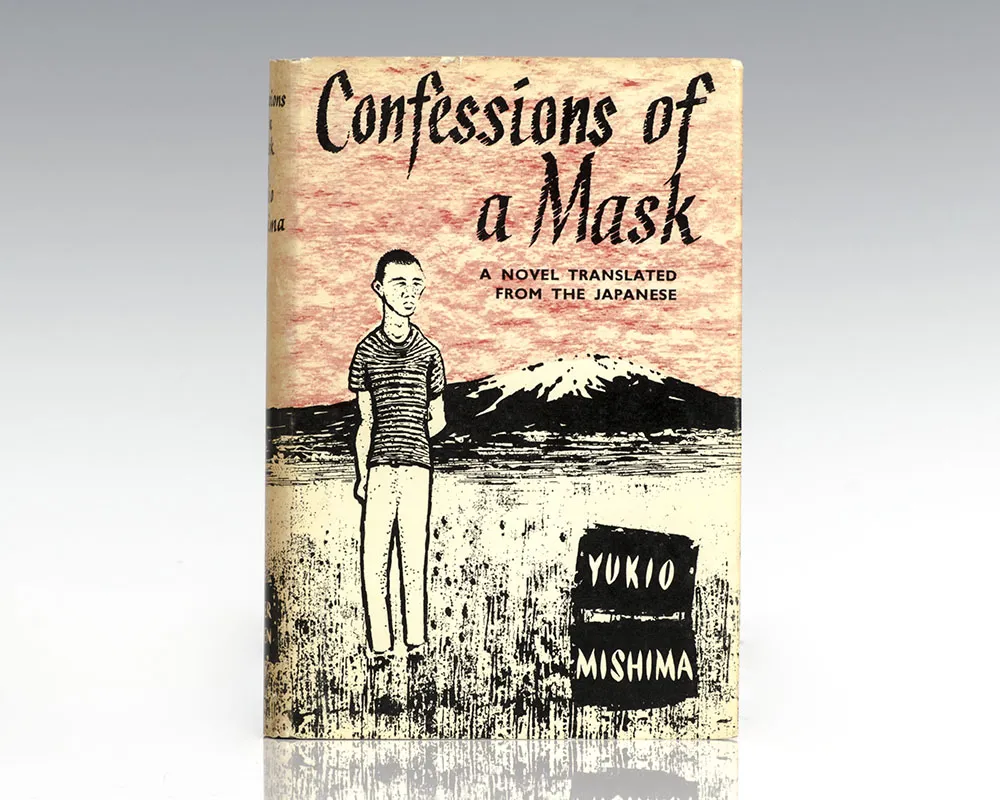
Published in 1949 by one of Japan’s most celebrated literary figures, this semi-autobiographical work delves into the complex inner world of its protagonist, Kochan. It would later go on to establish Mishima as one of the forefathers of the Japanese avant-garde movement. Kochan grapples with his sexual and gender identity while growing up in a Japanese society dominated by right-wing militarism and imperialism. Mishima’s lyrical prose immerses the readers in Kochan’s internal landscape, fraught with cynicism from the breakout of the World War, vividly portraying his sadomasochistic fantasies, fears, and the mask he wears to conceal his true self. It constantly moves between reality and fantasy, giving the idea of the titular ‘mask’ metaphorical significance in the novel.
Confessions of a Mask holds great importance as a queer text, as it boldly confronts the stigmatization and marginalization of non-heteronormative individuals in traditional Japanese society. The novel examines themes of alienation, self-denial, and the conflict between societal norms and individual identity. Kochan’s exploration of his homosexuality is depicted with a profound psychological depth, offering readers a unique insight into the challenges faced by individuals who do not conform to societal expectations. Mishima’s portrayal of Kochan’s inner turmoil and the secrecy surrounding his desires sheds light on the universal struggle faced by queer individuals in oppressive societies.
10. Giovanni’s Room by James Baldwin
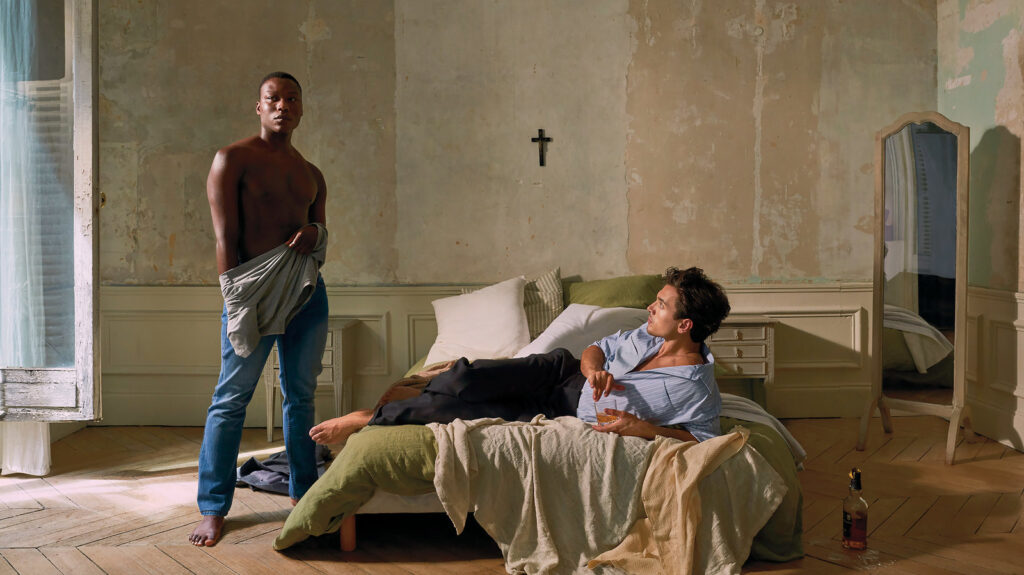
Published in 1956, this LGBTQ+ literary fiction classic delves into the complexities of love, desire and self-acceptance in post-war American society. Set in Paris, the novel follows the narrative of David, a young American expatriate torn between his desires for Giovanni, an Italian bartender, and Hella, the woman he proposes marriage to at the beginning of the novel. Through Baldwin’s evocative prose, the story unravels the tumultuous emotional journey of David, who finds himself torn between the life he envisions and his desires.
Giovanni’s Room serves as an exploration of the universal human longing for connection and the devastating consequences of denying one’s true identity. Baldwin’s vivid portrayal of David’s inner struggle, his yearning for acceptance, and the subsequent guilt and shame he experiences paints a poignant picture of the profound internal conflict queer individuals face in a world hell-bent on rejecting their identity and existence. The story also teases the idea of queer space and the possibilities it comes with. By centering the narrative around David, Baldwin seeks to focus on his protagonist’s experience of sexuality and gender norms. This book openly lays down the experience of a male bisexual. Its impact extends far beyond its time, inspiring generations of readers to confront their prejudices and question the rigid boundaries imposed by society, ultimately advocating for empathy, acceptance, and the liberation of the human spirit.

